Today the use of an assembly line might seem like a rather obvious way to increase productivity in a factory environment. However, this wasn’t always the way things were done. The idea was first discussed in by Adam Smith in 1776, in the book Wealth of Nations. Eli Whitney, the same man who invented the cotton gin, was the first actually to mechanize the assembly line.

The Evolution of the Assembly Line
by edstorm
From the days of the Industrial Revolution through to the CAD machines used in advanced manufacturing today, the assembly or 'factory line' has come a long way.
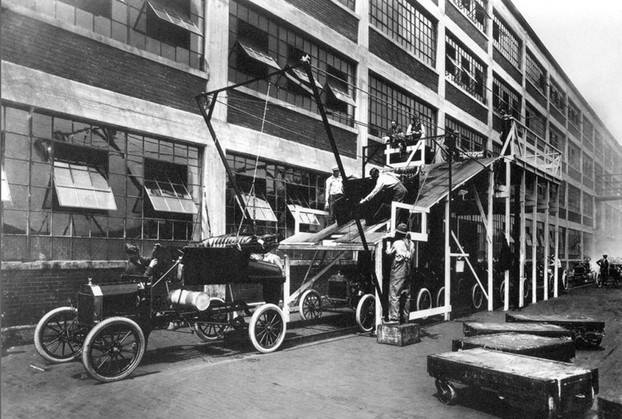 |
Whitney developed an assembly line for the manufacture of muskets, a type of rifle with interchangeable parts, and was awarded a contract to supply the US government with 10,000 muskets. His mechanized assembly line allowed for much higher production volumes than previous methods, which involved piecing guns together by hand, one at a time.
The Philosophy of Efficiency
Ideally, an assembly line is designed so that items can be built or assembled in the shortest amount of time, and taking up the least possible amount of space. It involves sequencing work tasks and organizing them to optimize the flow of work from one point to the next.
The concept of an assembly line may have been developed in the 18th century, but it wasn’t until the industrial revolution of the late 19th century and onward into the early 20th century that the full potential of the assembly line was realized. With industry booming around Western Europe and North America, there was increased demand for various goods that could be quickly produced – most notably textiles, clocks, firearms, railways parts, sewing machines, bicycles and horse drawn vehicles.
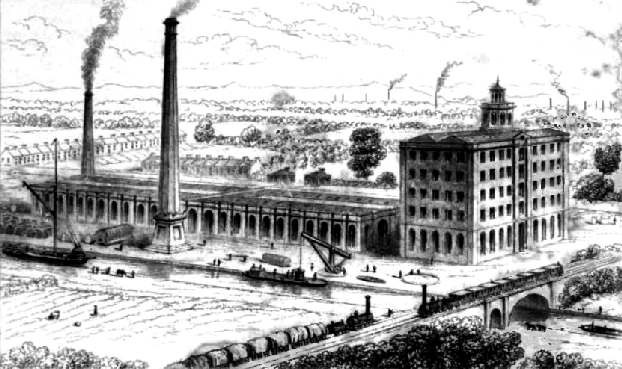 |
In Chicago, an innovative meat packing and handling company introduced an assembly line. The assembly, or rather disassembly, of the meats took place in stations, with pulleys passing meat from one station to the next. Henry Ford, whose Model T Ford was to revolutionize transport as we know it, wrote about the influence of the assembly line process used in this slaughterhouse on the operations at Ford Motor Company.
For workers, the assembly line model was often far from ideal. The exclusive focus of companies on profits and high output meant that people were forced to work very long hours in cramped conditions, for little pay and sometimes with “no talking” rules in place.
Into the Future
Modern assembly lines are increasingly mechanized, with tasks performed by robots rather than people.
The assembly line model is no longer used just by high-output factories. With advances in technology and the production of smaller mechanical parts, automated assembly lines are increasingly used even in small shops, like the doughnut shop pictured here.
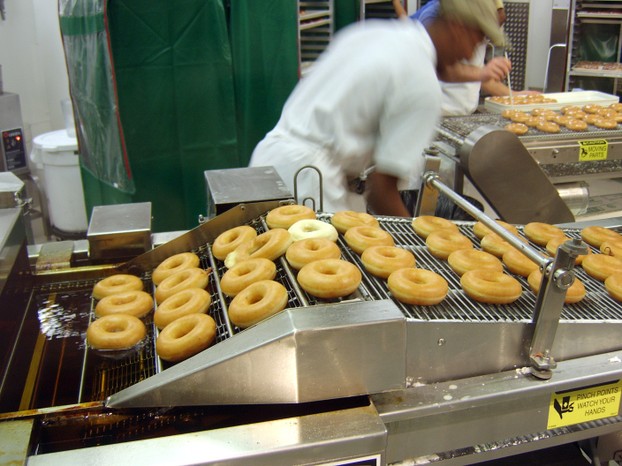 |
This type of assembly line provides custom automation which reduces the potential for human error and vastly increases and improves overall output. In an age of fast moving consumer goods, or FMCGs as they’re sometimes called, it’s safe to assume that the modern assembly line model is here to stay.
You might also like
History of Iron WorksIron has been in use since prehistoric times dating back to 4000 BCE. That is...
Stationery An Inclusive IndustryFor an industry to be successful it has to be inclusive. Modern businesses em...



 Herbal Medicine in South Africaon 08/20/2014
Herbal Medicine in South Africaon 08/20/2014
 Citroën, Europe’s First Mass Producer of Carson 07/04/2014
Citroën, Europe’s First Mass Producer of Carson 07/04/2014
 Use Smartphone Technology for Evidence Collectionon 07/03/2014
Use Smartphone Technology for Evidence Collectionon 07/03/2014
 Smart, Sneaky Solutions for Hiding Valuableson 06/13/2014
Smart, Sneaky Solutions for Hiding Valuableson 06/13/2014
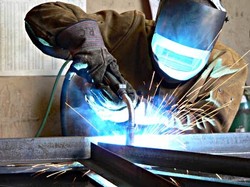
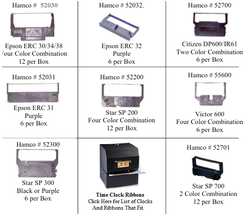
Comments